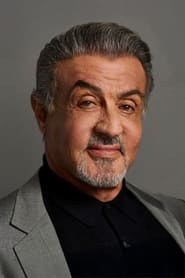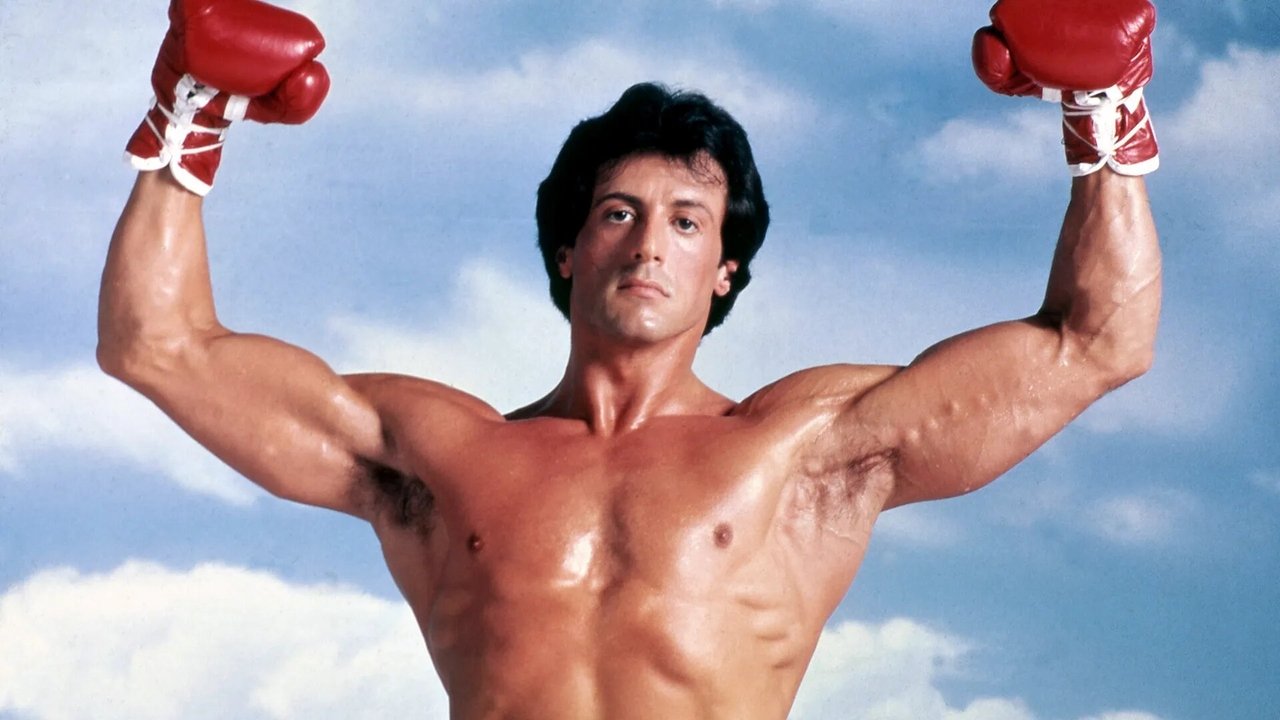
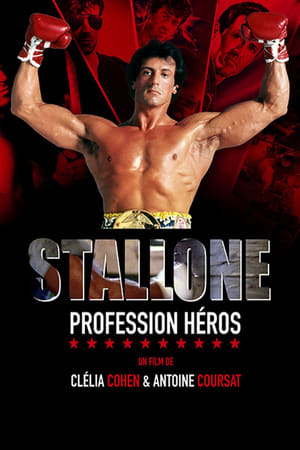
Stallone, profession héros(2019)

Movie: Stallone, profession héros

Stallone, profession héros
HomePage
Overview
Release Date
2019-04-26
Average
6.9
Rating:
3.5 startsTagline
Genres
Languages:
EnglishFrançais
Recommendations Movies
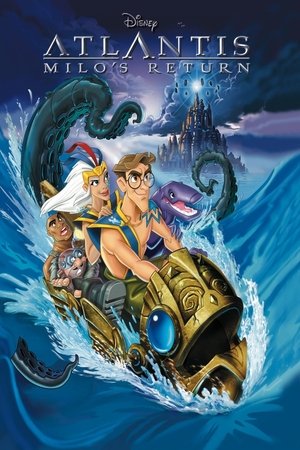 6.3
6.3Atlantis: Milo's Return(en)
Milo and Kida reunite with their friends to investigate strange occurances around the world that seem to have links to the secrets of Atlantis.
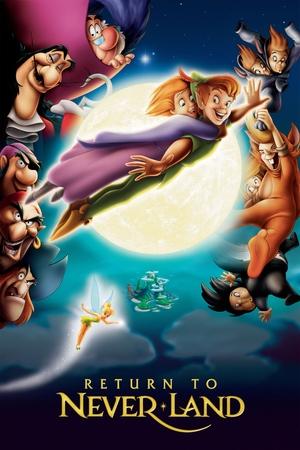 6.5
6.5Return to Never Land(en)
In 1940, the world is besieged by World War II. Wendy, all grown up, has two children; including Jane, who does not believe Wendy's stories about Peter Pan.
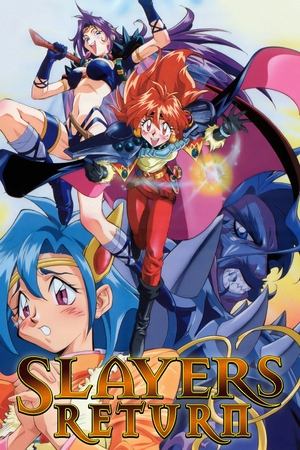 6.5
6.5Slayers Return(ja)
Lina Inverse and Naga the White Serpent are back! What begins as a routine bandit-stomping turns into the adventure of a lifetime involving magical golems, an ancient Elven weapon and even someone bent on destroying the world. It's a predicament only Lina and Naga could get themselves in to.
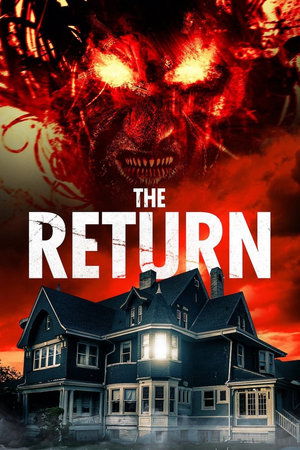 6.7
6.7The Return(en)
After the death of his father, a brilliant college student returns to his family home where he learns that the horrors from his childhood aren't as dead and gone as he once thought.
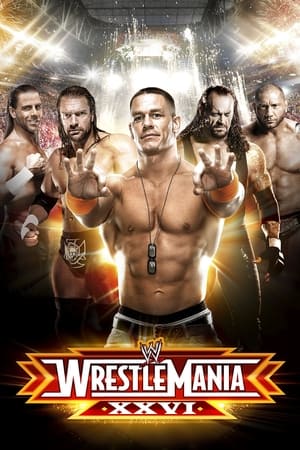 7.7
7.7WWE Wrestlemania XXVI(en)
WrestleMania XXVI was the twenty-sixth annual WrestleMania PPV and was presented by Slim Jim. It took place on March 28, 2010 at the University of Phoenix Stadium in Glendale, Arizona. The first main event was a No DQ, no count-out match that featured The Undertaker versus Shawn Michaels. The second was a singles match for the WWE Championship that saw Batista defend the championship against John Cena. The third was a singles match for the World Heavyweight Championship featured the champion, Chris Jericho, defending against Edge for the title. Featured matches on the undercard included a 10-Diva tag team match, Bret Hart versus Vince McMahon in a No Holds Barred match, Rey Mysterio versus CM Punk, Triple H versus Sheamus, the sixth annual Money in the Bank ladder match, a Triple Threat match between Randy Orton, Ted DiBiase, and Cody Rhodes, and a WWE Tag Team Championship match between Big Show and The Miz, against John Morrison and R-Truth.
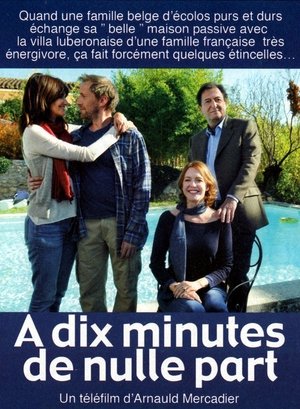 5.9
5.9À dix minutes de nulle part(fr)
The Stievenart family decides to spend their vacation far away and puts an ad on the internet. The Mailon family responds by offering to exchange homes. But the Stievenart family has an environmentally friendly house, while the Mailons consume a lot of energy.
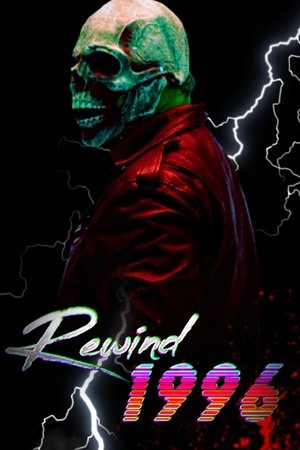 3.2
3.2Rewind 2: 1996(en)
When Marty's car is stolen, he sets out on a mission to find it; however, he soon realizes that the person who stole it is much more dangerous than he thinks.
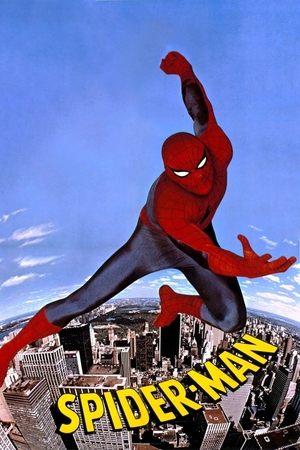 6.3
6.3Spider-Man(en)
When an extortionist threatens to force a multi-suicide unless a huge ransom is paid, only Peter Parker can stop him with his new powers as Spider-Man.
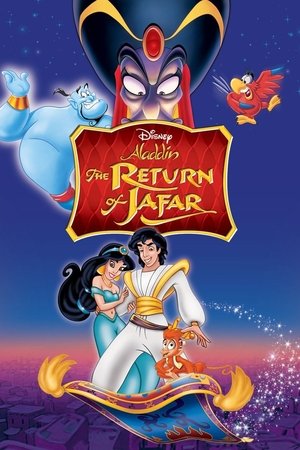 6.2
6.2The Return of Jafar(en)
The evil Jafar escapes from the magic lamp as an all-powerful genie, ready to plot his revenge against Aladdin. From battling elusive villains atop winged horses, to dodging flames inside an exploding lava pit, it's up to Aladdin - with Princess Jasmine and the outrageously funny Genie by his side - to save the kingdom once and for all.
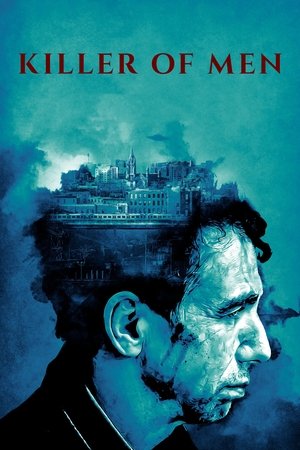 7.3
7.3Killer of Men(en)
A man lurks the night alleys, killing people at random, he feels nothing, no emotion, and no pain; when he meets a graceful widow he must confront what it means to be human.
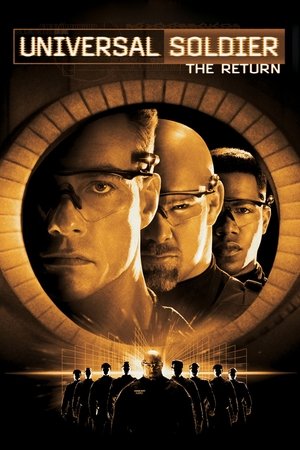 5.9
5.9Universal Soldier: The Return(en)
Luc Deveraux, the heroic former Universal Soldier, is about to be thrown into action once again. When SETH, the supercomputer-controlled ultra-warrior, decides to take revenge and destroy its creators, only Luc can stop it. All hell breaks loose as Luc battles SETH and a deadly team of perfect soldiers in a struggle that pits man against machine and good against evil.
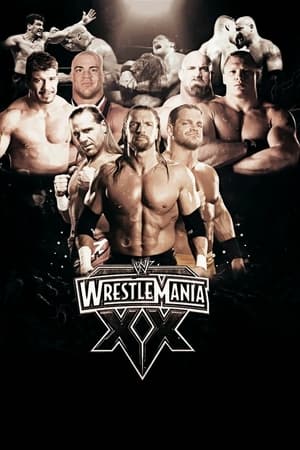 8.4
8.4WWE WrestleMania XX(en)
WrestleMania XX was the twentieth annual WrestleMania . It took place on March 14, 2004 at Madison Square Garden in New York. The main match for the Raw brand was a Triple Threat match for the World Heavyweight Championship between champion Triple H, Shawn Michaels and Chris Benoit. The main match for the SmackDown! brand featured Eddie Guerrero versus Kurt Angle for the WWE Championship. The event featured the return of The Undertaker, who challenged Kane. Also on the card was a match between Goldberg and Brock Lesnar with Stone Cold Steve Austin as the special guest referee. WrestleMania XX was the third WrestleMania at Madison Square Garden but the fifth to take place in the New York metropolitan area (following WrestleMania I, WrestleMania 2, WrestleMania X and Wrestlemania 29). The event grossed US$2.4 million in ticket sales, making the Pay-Per-View the highest grossing event ever for WWE at Madison Square Garden. More than 20,000 people attended the event.
 8.1
8.1WWE WrestleMania XXIV(en)
WrestleMania XXIV was the twenty-fourth annual WrestleMania PPV. The event took place on March 30, 2008, at the Citrus Bowl in Orlando. The first main event was a Singles match from the SmackDown brand that featured The Undertaker challenging World Heavyweight Champion Edge for the title. The second was a Triple Threat match from the Raw brand, in which WWE Champion Randy Orton defended against challengers Triple H and John Cena. The third was a singles match featuring ECW Champion Chavo Guerrero defending against Kane. Other matches include a No DQ match with Floyd Mayweather Jr. fighting The Big Show, a Money in the Bank ladder match with Carlito, Shelton Benjamin, MVP, CM Punk, Mr. Kennedy, Jericho, and John Morrison, and a retirement match between Shawn Michaels & Ric Flair.
 6.2
6.2Halloween 4: The Return of Michael Myers(en)
Michael returns to Haddonfield for Jamie Lloyd – the orphaned daughter of Laurie Strode – and her babysitter Rachel. Can Dr. Loomis stop him before the unholy slaughter reaches his innocent young niece?
 6.1
6.1xXx: Return of Xander Cage(en)
Xander Cage is left for dead after an incident, though he secretly returns to action for a new, tough assignment with his handler Augustus Gibbons.
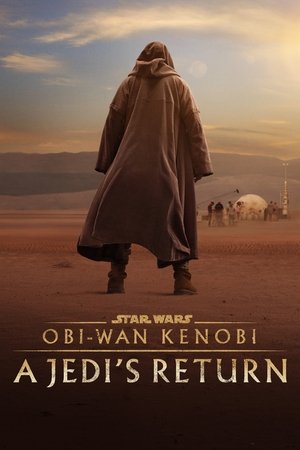 6.8
6.8Obi-Wan Kenobi: A Jedi's Return(en)
This special explores the return of Obi-Wan Kenobi and Anakin Skywalker to the screen, as well as Ewan McGregor and Hayden Christensen to their classic roles. Director Deborah Chow leads the cast and crew as they create new heroes and villains that live alongside new incarnations of beloved Star Wars characters, and an epic story that dramatically bridges the saga films.
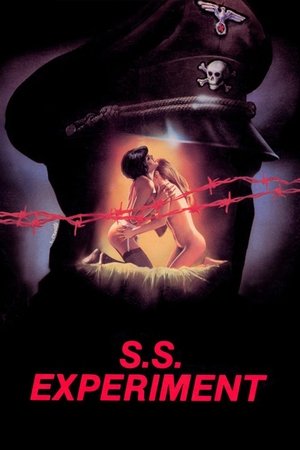 5.5
5.5SS Experiment Love Camp(it)
Near the end of WW2, prisoners of war are used in experiments to perfect the Arian race.
 6.0
6.0The Swan Princess: The Mystery of the Enchanted Kingdom(en)
The royal couple Odette and Derek face yet another evil magician, this time a woman named Zelda. Lusting for the treasure of the Forbidden Arts, which will give her absolute power, Zelda kidnaps Odette as ransom. Derek and several animal friends head off to rescue Odette
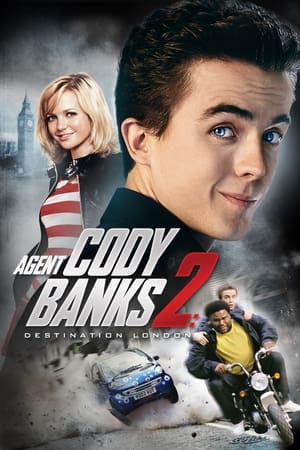 5.6
5.6Agent Cody Banks 2: Destination London(en)
With all-new gadgets, high-flying action, exciting chases and a wisecracking new handler, Derek (Anthony Anderson), Cody has to retrieve the device before the world's leaders fall under the evil control of a diabolical villain.
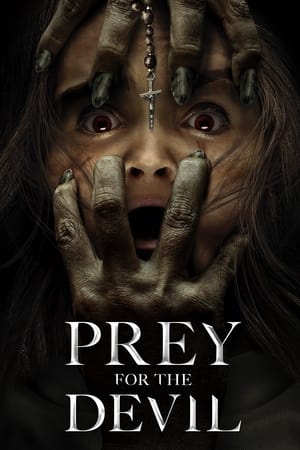 6.9
6.9Prey for the Devil(en)
In response to a global rise in demonic possessions, the Catholic Church reopens exorcism schools to train priests in the Rite of Exorcism. On this spiritual battlefield, an unlikely warrior rises: a young nun, Sister Ann. Thrust onto the spiritual frontline with fellow student Father Dante, Sister Ann finds herself in a battle for the soul of a young girl and soon realizes the Devil has her right where he wants her.
Similar Movies
 3.2
3.2Großes Kino made in DDR(de)
In 2016, DEFA celebrates its 70th anniversary: the film embarks on a journey into the exciting film history of the GDR. In a comprehensive kaleidoscope, the importance of DEFA productions is illuminated, the relevance of the films as propaganda productions for the GDR, which socio-political themes were in the foreground, but also which heroes DEFA brought to the screen and celebrated as people from the people.
 0.0
0.0Afro Promo(en)
Co-curated by Jenni Olson and the late Black gay activist Karl Knapper, this entertaining showcase of vintage movie trailers traces the evolution of African American cinema through its most crucial period, 1952-1976. Filled with insights on race and social dynamics, this fascinating compendium of coming attractions explores an extensive range of stylistic approaches—Blaxploitation, Comedy, Music Bio, Plantation Drama and more—offering an outrageous joyride through motion picture history. Beyond mere camp, these marvelously condensed gems crystallize a range of African American identities and personalities, tracking the meteoric careers of Sidney Poitier, James Earl Jones, Billy Dee Williams, Richard Pryor, Pam Grier and others through their bold performances in movies both hugely popular and practically forgotten. Afro Promo provides a compact glimpse at the representation of African Americans through twenty-five dynamic years of American cinema history.
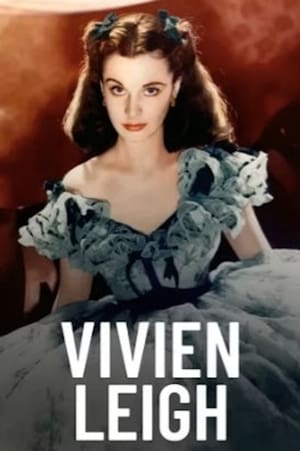 7.5
7.5Vivien Leigh, autant en emporte le vent(fr)
In "Gone with the Wind" she was an unforgettable Scarlett O'Hara. Beauty, two-time Oscar winner, celebrated Hollywood star and great Shakespearean interpreter - Vivien Leigh was all that. Behind the celebrity, however, was a fragile person. Her bipolar disorder clouded her success and her private happiness.
 6.5
6.5In the Shadow of Hollywood: Race Movies and the Birth of Black Cinema(en)
This documentary captures the sounds and images of a nearly forgotten era in film history when African American filmmakers and studios created “race movies” exclusively for black audiences. The best of these films attempted to counter the demeaning stereotypes of black Americans prevalent in the popular culture of the day. About 500 films were produced, yet only about 100 still exist. Filmmaking pioneers like Oscar Micheaux, the Noble brothers, and Spencer Williams, Jr. left a lasting influence on black filmmakers, and inspired generations of audiences who finally saw their own lives reflected on the silver screen.
 7.1
7.1The Arrival of a Train at La Ciotat(fr)
A group of people are standing along the platform of a railway station in La Ciotat, waiting for a train. One is seen coming, at some distance, and eventually stops at the platform. Doors of the railway-cars open and attendants help passengers off and on. Popular legend has it that, when this film was shown, the first-night audience fled the café in terror, fearing being run over by the "approaching" train. This legend has since been identified as promotional embellishment, though there is evidence to suggest that people were astounded at the capabilities of the Lumières' cinématographe.
 5.8
5.8Blood of 1000 Virgins(en)
The question of "who hunts virgins" and more will be stripped down and explored in the sexiest trailers hosted by Playboy's Nikki Leigh.
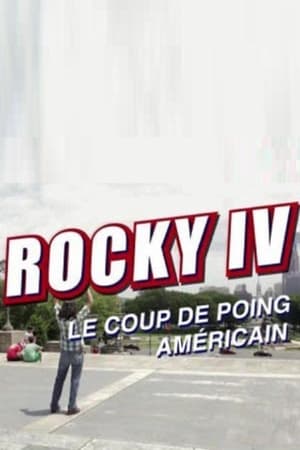 6.4
6.4Rocky IV: The American Punch(fr)
Rocky IV is dually symbolic - it embodies both the victory of the American boxer over the Soviet one and the victory of neo-liberalism over a dwindling socialism. Today, Rocky is held up as a model by some and is a subject of derision for others. An emblem of the 1980s, its culture and its heroes, the film will be the subject of an entertaining analysis of popular culture.
 6.0
6.0The Dinosaur and the Baby(fr)
An hour-long discussion between Fritz Lang and Jean-Luc Godard in which they discuss a variety of art forms, the role of the cinema, their collaboration together, and much more. (Filmed in 1964 but released for TV in 1967.)
 6.7
6.7Caligari: When Horror Came to Cinema(de)
On February 26, 1920, Robert Wiene's world-famous film The Cabinet of Dr. Caligari premiered at the Marmorhaus in Berlin. To this day, it is considered a manifesto of German expressionism; a legend of cinema and a key work to understand the nature of the Weimar Republic and the constant political turmoil in which a divided society lived after the end of the First World War.
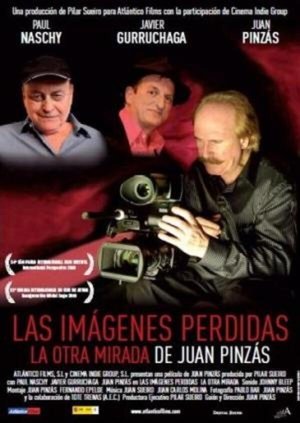 4.0
4.0Lost Images: The Other Eye of Juan Pinzás(es)
The filmmaker Juan Pinzás goes on a physical and also inner journey, in search of some lost images that he filmed in the 80s. The journey takes him from Madrid to Galicia and on the search for these images he meets with various characters who will help him in his undertaking, such as the actors Paul Naschy and Javier Gurruchaga whose personal worlds will be examined in the film. Finally in Vigo, his home city, of which he presents a remarkable portrait, he finds an old film in Super-8mm with the missing images. The catharsis is produced with the viewing of the old film which turns out to be a tribute to cinema and this means the end of the filmmaker's introspective journey.
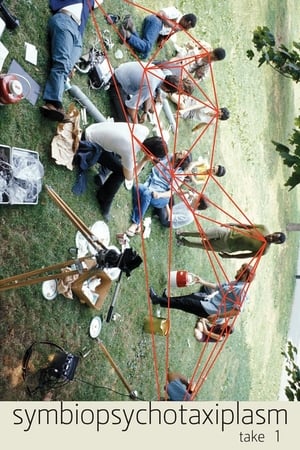 7.0
7.0Symbiopsychotaxiplasm: Take One(en)
In Manhattan's Central Park, a film crew directed by William Greaves is shooting a screen test with various pairs of actors. It's a confrontation between a couple: he demands to know what's wrong, she challenges his sexual orientation. Cameras shoot the exchange, and another camera records Greaves and his crew. Sometimes we watch the crew discussing this scene, its language, and the process of making a movie. Is there such a thing as natural language? Are all things related to sex? The camera records distractions - a woman rides horseback past them; a garrulous homeless vet who sleeps in the park chats them up. What's the nature of making a movie?
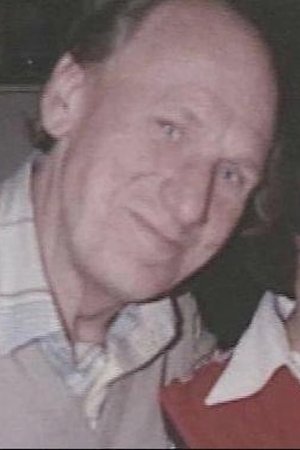 7.0
7.0Grisha(et)
An up-close look into the life of the often misunderstood movie director Grigori Kromanov through the lens of old friends and colleagues.
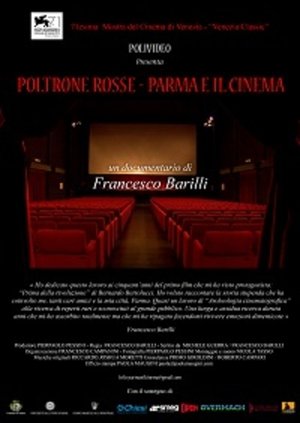 0.0
0.0Red Chairs - Parma and the Cinema(it)
The relations between Parma and cinema were so strong for almost the whole of the twentieth century that this city became an early laboratory of ideas and theories on cinema and a set chosen by some of the greatest Italian authors and beyond. Furthermore, a considerable number of directors, actors, screenwriters and set designers were born in Parma who have made their way internationally, testifying to the fact that in this small city in Northern Italy there was a decidedly cinematic air. Red armchairs takes up the thread of this story, wondering why, unique among the Italian provincial cities, Parma has given so much to the cinema, accompanying the viewer on a journey backwards that from the first projections of the Lumière cinema reaches the ultramodern experience of new multiplexes. During this journey we will meet the characters who created the conditions for this diffusion of cinematographic culture in Parma.
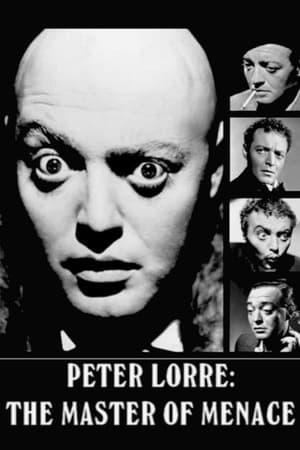 6.0
6.0Peter Lorre: The Master of Menace(en)
Documentary overview of Peter Lorre's ascension to fame as a master purveyor of silky but disquieting peril.
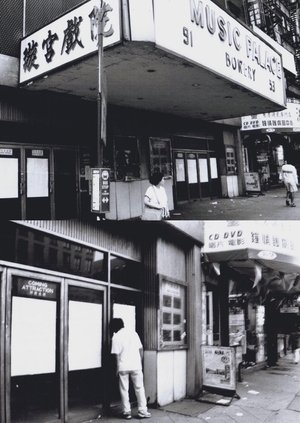 0.0
0.0Music Palace(en)
Previously a central part of communal life, the movie palaces of New York’s Chinatown are now extinct. This documentary short takes us inside the title theater located on the Bowery, as it’s about to close its doors, with its caretakers ruefully looking back at the life that once was. Eric Lin’s poignant first film serves as a glimpse into the usually private—and, according to the Music Palace’s projectionist, “lonely”—operations of a theater, and mourns the loss of a once-vital movie-going locale.
 6.0
6.0Sexo en el plató(es)
How are the sex scenes filmed? What tricks are used to fake the desire? How do the interpreters prepare and feel? Spanish actors and directors talk about the most intimate side of acting, about the tricks and work methods when narrating exposed sex. In Spain the general rule is that there are no rules. Each film, each interpreter, faces it in very different ways.
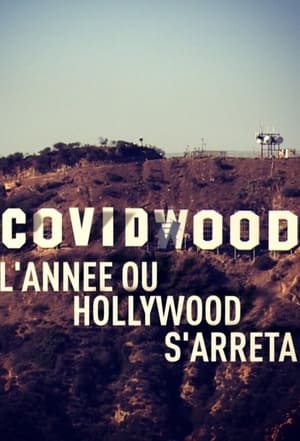 9.0
9.0Covidwood(fr)
A French documentary on how Covid-19 affected Hollywood and the cinema industry in the United States.
 0.0
0.0Blaxploitalian: 100 Years of Blackness in Italian Cinema(en)
A documentary that uncovers the careers of a population of entertainers never heard from before: Black actors in Italian cinema. With modern day interviews and archival footage, the documentary discloses the personal struggles and triumphs that classic Afro-Italian, African-American and Afro-descendant actors faced in the Italian film industry, while mirroring their struggles with those of contemporary actors who are working diligently to find respectable, significant, and non-stereotypical roles, but are often unable to do so. Blaxploitalian is more than an unveiling of a troubled history; it is a call-to-action for increased diversity in international cinema through the stories of these artists in an effort to reflect the modern and racially diverse Italy.
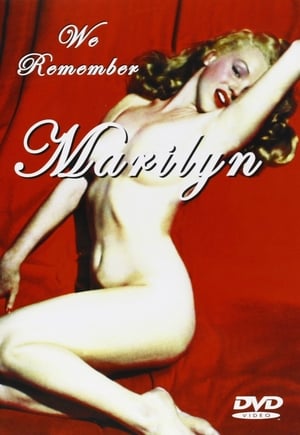 7.0
7.0We Remember Marilyn(en)
We Remember Marilyn. Marilyn Monroe transforms from Norma Jean, a cuddly teenager, into the most recognizable face and body in the world in these home movies, photos and film clips which span her early bit parts to her most known roles.
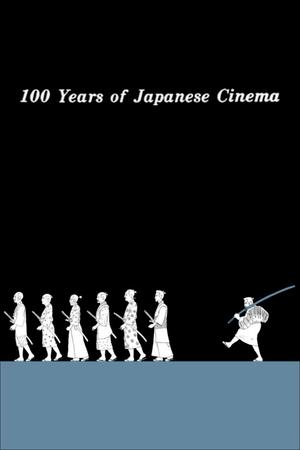 5.8
5.8100 Years of Japanese Cinema(ja)
The story of the first century of Japanese cinema from the point of view of the controversial Japanese filmmaker Nagisa Ōshima.
